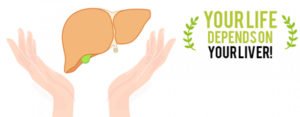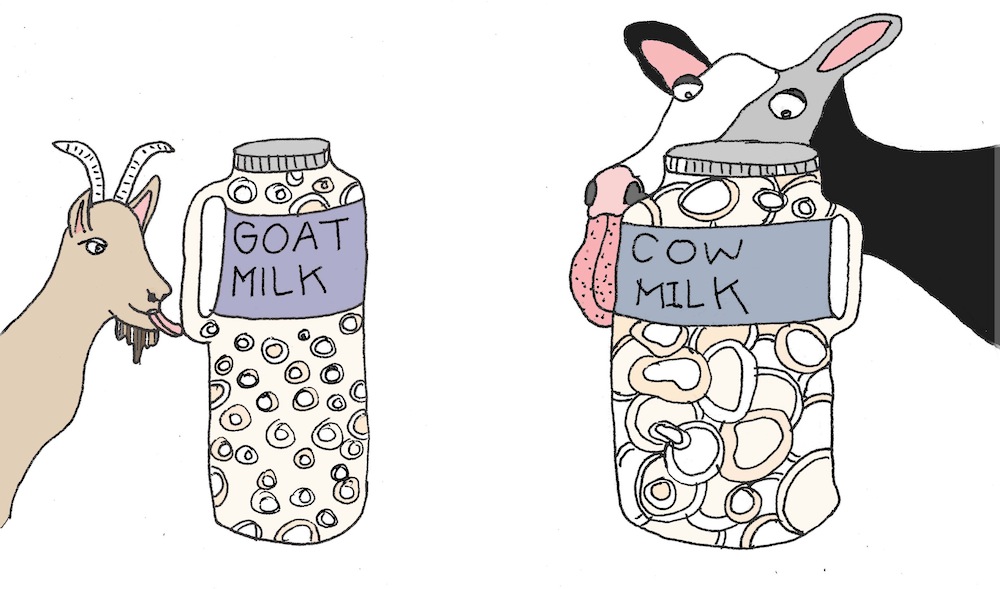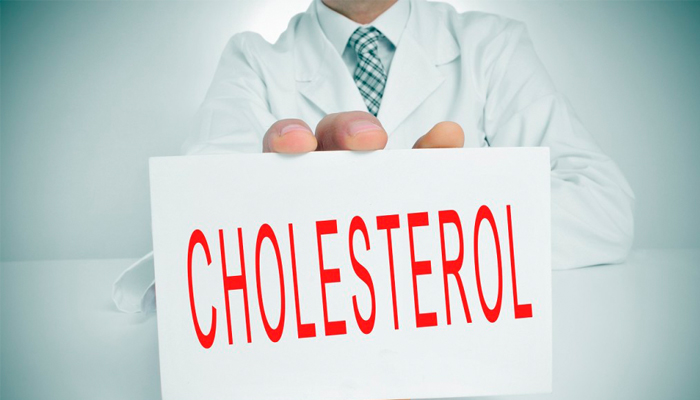The liver is the essential organ in the body and plays a vital role in the metabolism of protein, carbohydrates, and fat. It is located in the upper right portion of the abdominal cavity, beneath the diaphragm, and on top of the stomach.
 There are 2 distinct sources that supply blood to the liver, including the following:
There are 2 distinct sources that supply blood to the liver, including the following:
- Oxygenated blood flows in from the hepatic artery
- Nutrient-rich blood flows in from the hepatic portal vein
Worldwide Statistics:
Chronic liver disease occurs throughout the world irrespective of age, sex, region or race. Liver diseases are steadily increasing over the years.
According to National statistics in the UK, liver diseases have been ranked as the fifth most common cause of death. Liver diseases are recognized as the second leading cause of mortality amongst all digestive diseases in the US.
Causes:
There are many kinds of liver diseases:
Diseases caused by viruses, such as hepatitis A, hepatitis B, and hepatitis C, by drugs, poisons, or too much alcohol. Examples include fatty liver disease and cirrhosis, Liver cancer, inherited diseases, such as hemochromatosis and Wilson disease.
-
Fatty Liver:
The most common liver disorders caused due to excess of alcohol consumption. Fat accumulates inside the liver cells, causing cell enlargement and sometimes cell damage, and can lead to cirrhosis.
-
Cirrhosis:
It has many causes but is commonly due to hepatitis infection or excessive alcohol intake. The cells of the liver are progressively replaced by scar tissue, which damages liver functioning.
-
Hepatitis:
A general term meaning inflammation of the liver. It is also used to refer to infections of the liver by specific viruses (hepatitis A to E).
-
Hemochromatosis:
An inherited disease makes the body absorb and store higher than normal amounts of iron damaging many organs including the liver, pancreas, and heart.
-
Autoimmune Liver Disorders:
An abnormal increase in immune cells damages the liver cells. These rare conditions include autoimmune hepatitis and primary biliary cirrhosis (mostly women affected) and primary sclerosing cholangitis (more common in men).
-
Cancer:
Cancers can arise in the liver, most often from chronic hepatitis with cirrhosis. Stray cancer cells from a tumor elsewhere in the body may cause a secondary tumor in the liver.
-
Galactosaemia:
The body’s reaction to particular milk sugars damages the liver and other organs. This is a rare inherited disorder.
-
Alpha-1 Antitrypsin Deficiency:
It is another rare inherited disorder that can cause cirrhosis of the liver.
-
Wilson’s Disease:
The liver can’t excrete copper. Various organs of the body, including the liver and brain, are affected by the excessively high copper levels.
Symptoms:
Symptoms of liver disease can vary, but they often include swelling of the abdomen and legs, bruising easily, changes in the color of your stool and urine, and jaundice, or yellowing of the skin and eyes. Sometimes there are no symptoms.
Diagnosis:
Liver diseases are diagnosed using a number of tests, including:
- Physical Examination
- Biopsy
- CT scan and MRI scan
- Ultrasound scan
- Blood test
- Medical history
Prevention:
- Drink alcohol moderately
- Get vaccinated
- Use medications wisely
- Protect your skin
- Maintain healthy weight
- Take care while spraying of Aerosol sprays
- A well balanced nutritious diet
- Regular health checkups
- Exercise regularly



